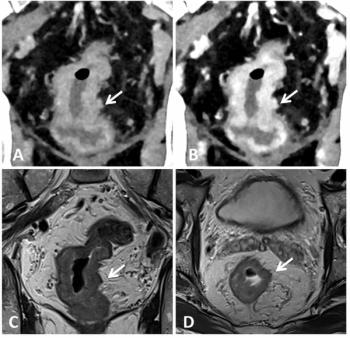
MRI and EEG After Seizure May ID Children’s Epilepsy Risk
Physicians may be able to identify children at risk for epilepsy if they undergo EEG and MRI within days of having a febrile seizure.
Physicians may be able to identify children at risk for epilepsy if they undergo electroencephalography and MRI within days of having a febrile seizure, according to a study funded by the National Institutes of Health. Two papers, one reporting the MRI findings, the other the EEG findings, were published today in the journal Neurology.
Although febrile seizures, seizures that last 10 minutes or less, are not uncommon, having one or more prolonged febrile seizure is a risk factor for developing epilepsy later in life. This risk can be as high as 30 percent to 40 percent following febrile status epilepticus (FSE), which can last from 30 minutes to several hours.
“While the majority of children fully recover from febrile status epilepticus, some will go on to develop epilepsy,” study investigator Shlomo Shinnar, MD, PhD, said in a in a press release. “We have no way of knowing yet who they will be.”
The researchers sought to develop biomarkers that could indicate the increased risk of epilepsy. Their study, The Consequences of Prolonged Febrile Seizures in Childhood (FEBSTAT), focused on FSE and the risk of temporal lobe epilepsy. The children in the study underwent blood tests, a neurological exam, MRI, and EEG within 72 hours of being seen in an emergency room for FSE.
MRI findings showed that 22 of 191 children who had experienced FSE (11.5 percent) showed signs of hippocampal injury and 20 (10.5 percent) had developmental abnormalities of the hippocampus. In addition, 45.2 percent had abnormal EEG findings. Children with evidence of acute brain injury after FSE were also more than twice as likely to have abnormal EEG findings.
Compared with the children with FSE, of the 96 children who had simple febrile seizures, only two (2.1 percent) had developmental abnormalities of the hippocampus and none had signs of brain injury.
“This study may give us insights into how epilepsy develops,” said Vicky Whittemore, PhD, a program director at the NIH’s National Institute of Neurological Disorders and Stroke (NINDS), also in the press release. The NINDS funded the study.
“If MRI and EEG findings associated with FSE ultimately do correlate with epilepsy, they could be used to identify kids who are at risk and who might benefit from research on preventative therapies for epilepsy.”
Newsletter
Stay at the forefront of radiology with the Diagnostic Imaging newsletter, delivering the latest news, clinical insights, and imaging advancements for today’s radiologists.



























